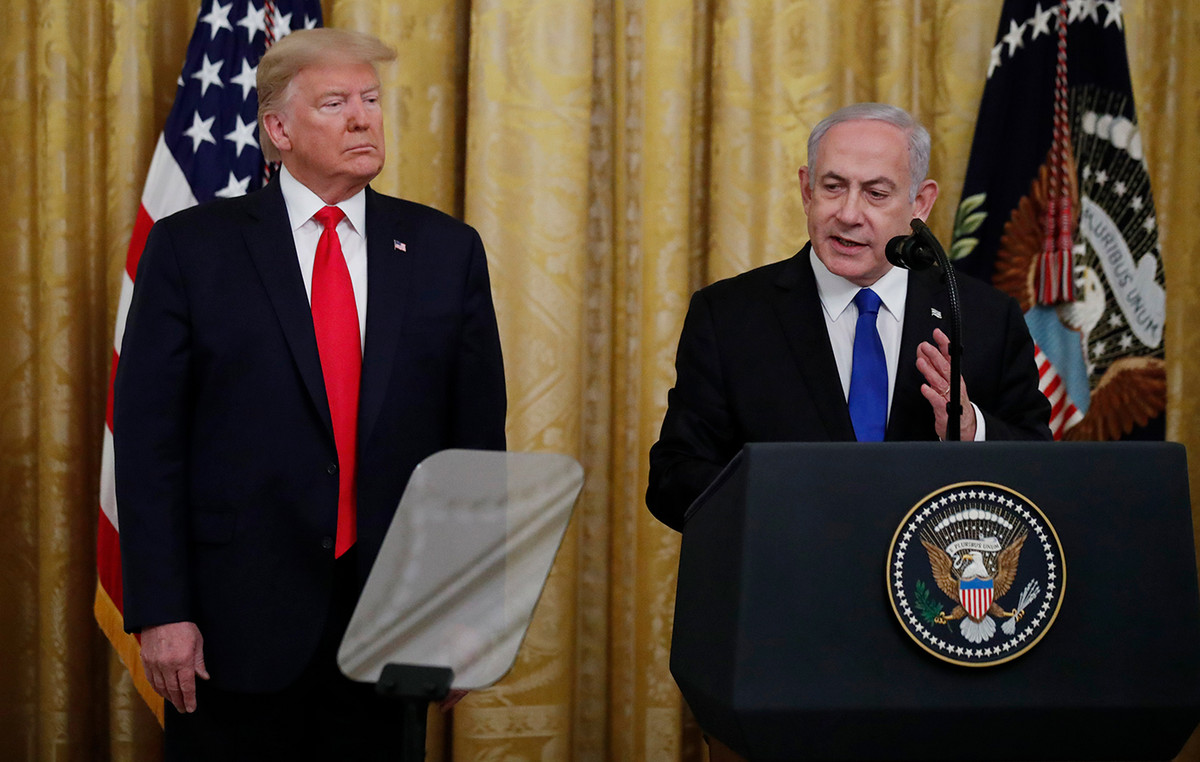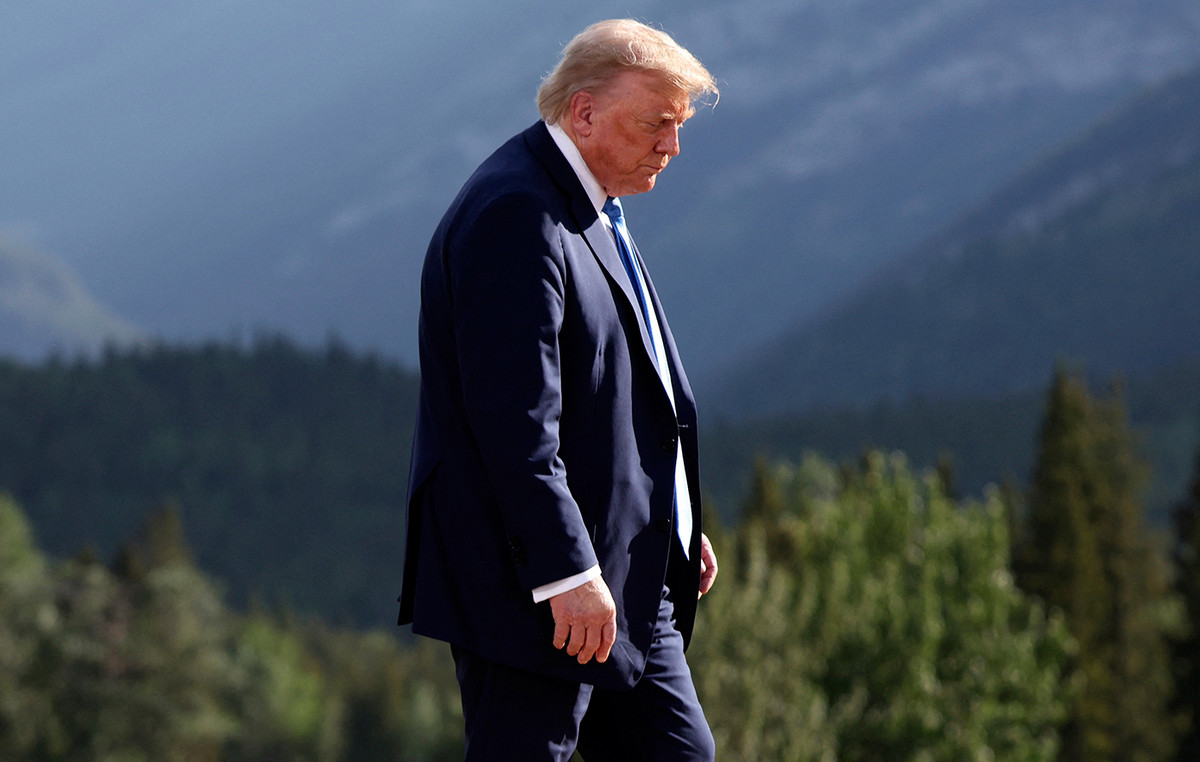After 23 years, the company that had declared bankruptcy in 1999 Mesbla returned to operations this month. But now, digitally. Its marketplace already has approximately 250,000 products, divided into around 250 categories.
The cost to put the brand on the air was R$ 500 thousand. The company did not rely on third-party investments, only on the capital of the two CEOs: Ricardo Viana and his brother Marcel Jeronimo.
“[Retomamos a Mesbla] for two reasons. The first is the affective link and the second is the promising scenario of Brazilian e-commerce”, highlighted Viana. His father, Alfeu Viana, worked in the company for 61 years and it was in the old store in Rio de Janeiro, located in Passeio, that he met his current wife and mother of Ricardo and Marcel, Adeilza Viana.

Marcel also worked as an apprentice at the company when he was 14, and then served for two years as a technical consultant.
Viana informed the CNN Brasil Business that negotiated the license to use the name exclusively, and royalties will be paid – as is standard in licensing agreements. The value was not reported.
The e-commerce landscape also encourages. The volume of sales made over the internet grew 15.52% in February 2022 compared to the same month last year. The sector’s revenue, in turn, expanded by 11.2%, according to data from Neotrust Movimento Compre & Confie, in partnership with the Metrics Committee of the Brazilian Chamber of Digital Economy (camara-e.net).
History of bankruptcy and injury
The company’s history is marked by losses and layoffs. So much so that Viana informed that the biggest point of trust that people can have is that “Mesbla is included in the current partner legislation, making the payment split with the commercial partner. [É preciso] bring trust again, respect the customer, providing, for example, a humanized service. Always willing to listen to any and all requests”.
Split payment is a system that allows you to split a payment made by an online consumer among several recipients. Mesbla.com will not work with its own stock. All products are from third parties. As it is a marketplace, the stock is held by the sellers.
Before going bankrupt, at the end of the Sarney administration, in 1990, the board – made up of forty people – chose to stockpile excess goods for fear of the country heading towards hyperinflation.
As a result, a few years later, after the implementation of the Real Plan, in 1994, the company began to face losses, closing stores and laying off employees to try to contain the dilution of cash.
At the time, the debts accumulated billions of reais, so much so that the company filed for bankruptcy (a legal mechanism that aims to resolve the situation of a debtor company, trying to prevent bankruptcy). In 1997, the entrepreneur and owner of the old Lojas Mappin, Ricardo Mansur, bought 51% of the company’s shares, for approximately R$ 600 million, to try to merge the companies.
However, the debt was high. And Mansur – who tried to get money from BNDES (National Bank for Economic and Social Development), but without success – chose to declare the company bankrupt.
The company even went public on the former BRVJ (Rio de Janeiro Stock Exchange), in October 1968, and closed its registration in February 2000. According to the B3 website, the reason for the end of the negotiations was: lack of registry update.
Questioned by CNN Brasil Business the brothers did not say whether they intend to go public again.
*With information from Estadão Content
Source: CNN Brasil
I am Sophia william, author of World Stock Market. I have a degree in journalism from the University of Missouri and I have worked as a reporter for several news websites. I have a passion for writing and informing people about the latest news and events happening in the world. I strive to be accurate and unbiased in my reporting, and I hope to provide readers with valuable information that they can use to make informed decisions.




.JPG)
.JPG)

